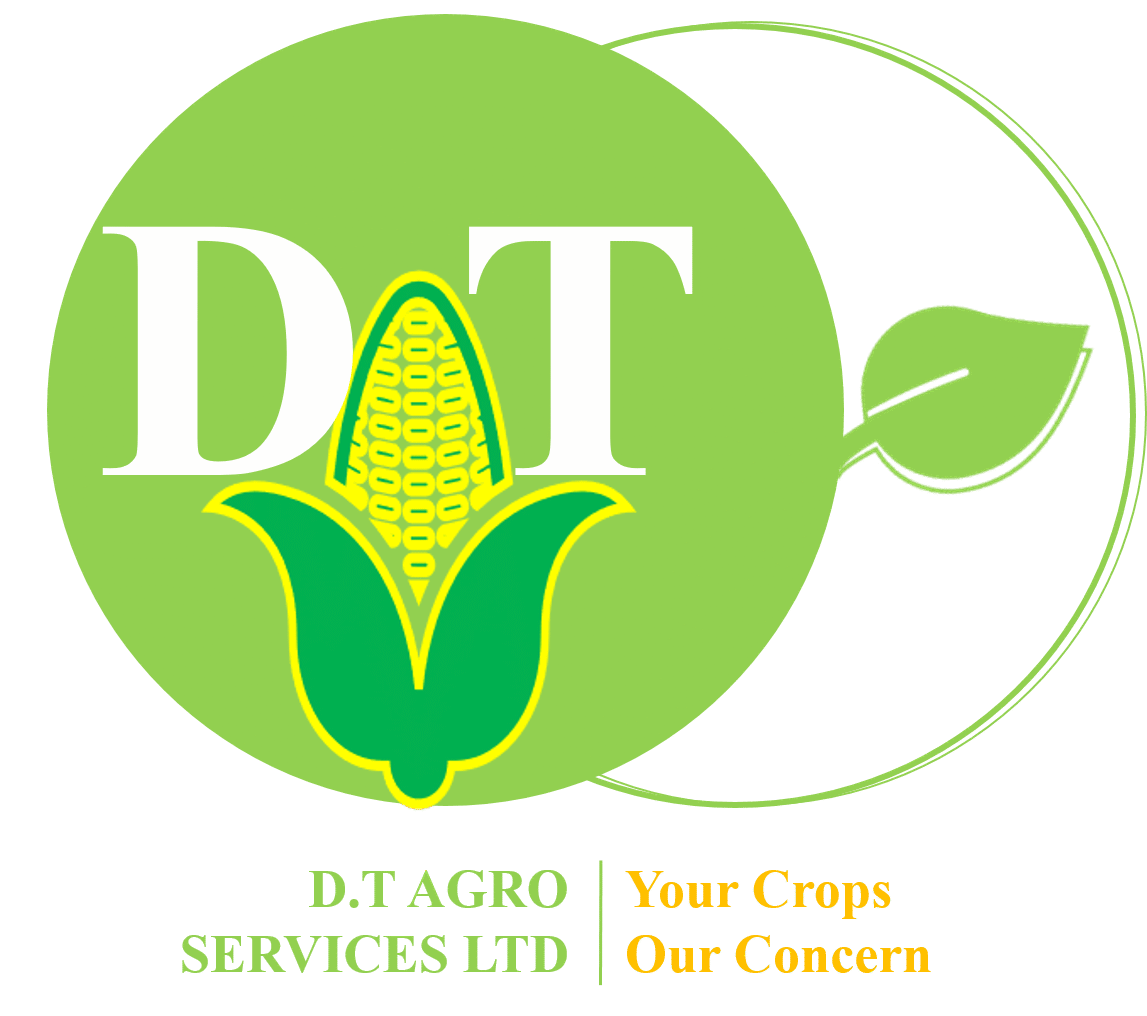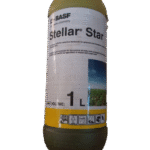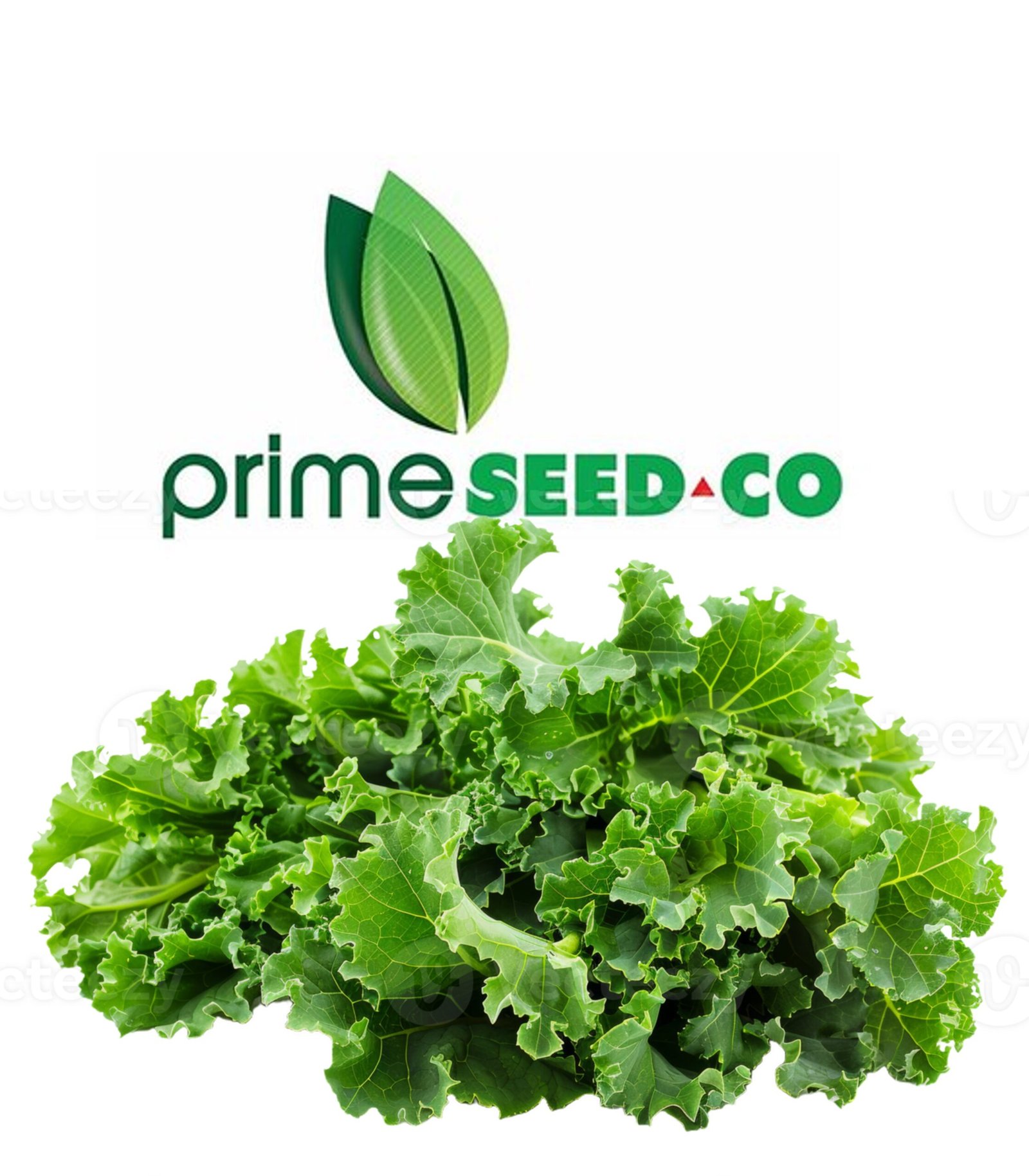Description
Variety Overview Common in Zambia under the name Kale Choumolier, also known locally as “Five Years” kale, due to its long lifespan and continual leaf production. Considered a giant tree kale—a perennial brassica with a sturdy woody stem—capable of multi-year harvests if managed well. Key Features Maturity: Ready for first harvest in 6–7 weeks (~45–50 days after transplanting). Leaf Traits: Large, tender dark-green leaves with a medium, branching stem structure. Harvest Duration: Long-lasting crop—provides continuous leaf harvests over months or even years with ongoing feeding; hence the nickname “Five Years.” Growth Habit: Forms a strong central stem reaching several meters tall in favorable conditions, producing leaves from the lower nodes upwards. Agronomy & Crop Management Sowing & Growing Season: Can be sown and grown year-round in suitable regions like Zambia. Germination usually takes 7–14 days. Spacing: Typically spaced 40 × 40 cm or more for optimal growth; larger spacing (up to 60–70 cm) recommended if grown as a perennial tree kale. Harvesting: Leaves are picked selectively from the bottom upward as needed, enabling continuous production without destroying the growing tip. Nutritional & Culinary Aspects Considered one of the “health kings” among greens due to high nutrient density. Leaves can be eaten raw in salads, juiced, cooked in stir-fries, or made into kale chips; stems are described as juicy and sweet. Summary Table Feature Details Variety Open-pollinated giant tree kale (“Choumolier”) Days to First Harvest ~45–50 days (~6–7 weeks) Leaf Appearance Dark green, large, tender leaves Growth Habit Tall central stem with branching side shoots Harvest Duration Year-round continuous harvests, multi-year plant lifespan Spacing ~40 × 40 cm (or wider for large plants) Nutritional Value Dense in vitamins; versatile culinary use 🌍 Applicability to Kitwe, Zambia Perfect for smallholder gardens or local markets seeking a reliable, high-yield leafy green with minimal reseeding. Its perennial behavior and long harvest window help produce leaves steadily when cared for and regularly fed. Tolerates a range of seasonal conditions, though best grown with regular moisture and fertile soil. ⚠️ Considerations & Tips OPV type means seed saving is possible—but maintaining plant uniformity over generations may require occasional renewal. Though resilient, the tall stems may benefit from staking or pruning depending on plant size and wind exposure. Harvest lower leaves regularly while allowing top growth to continue for sustained productivity. Next Steps & Recommendations Confirm seed availability through Seed Co Zambia or local Prime Seed Co suppliers, and ask for any printed guidelines. Try demo beds in your local garden to observe growth timing and leaf quality under Kitwe’s conditions. Plan spacing, mulch usage, and regular nutrient feeding to sustain prolonged leaf harvest. If you’d like help with pest/disease risk, planting calendar for Kitwe, or comparisons with other brassicas, feel free to ask!





Reviews
There are no reviews yet.